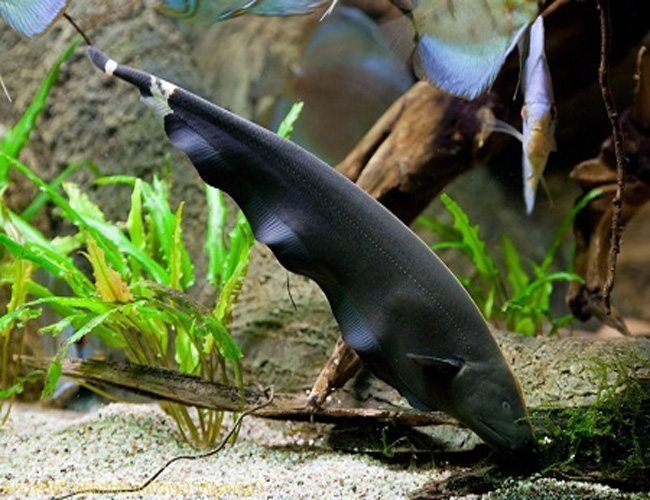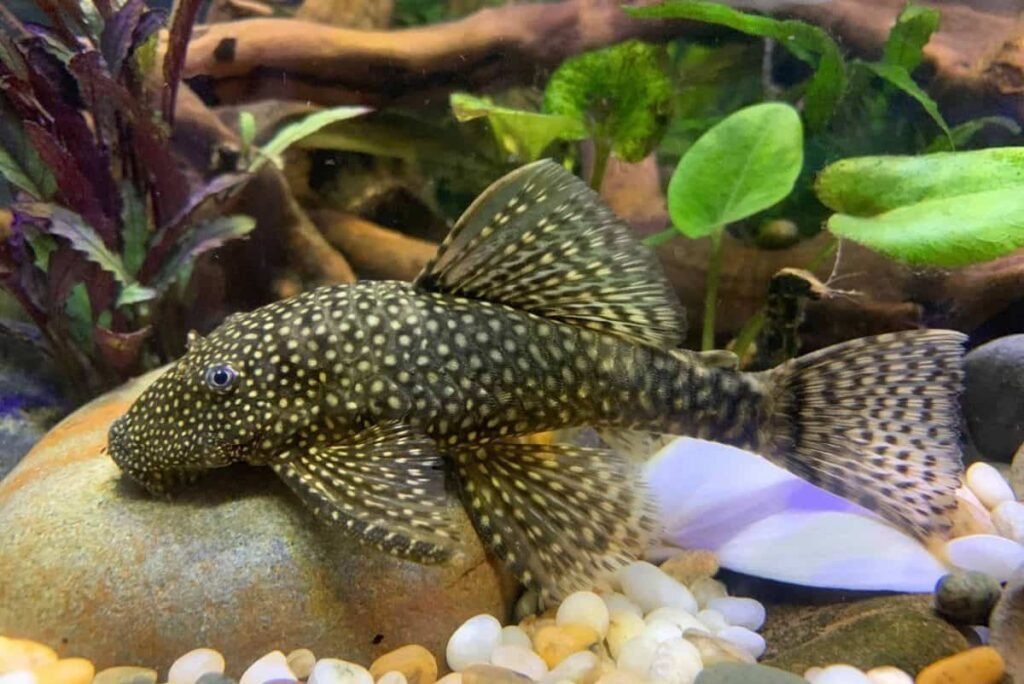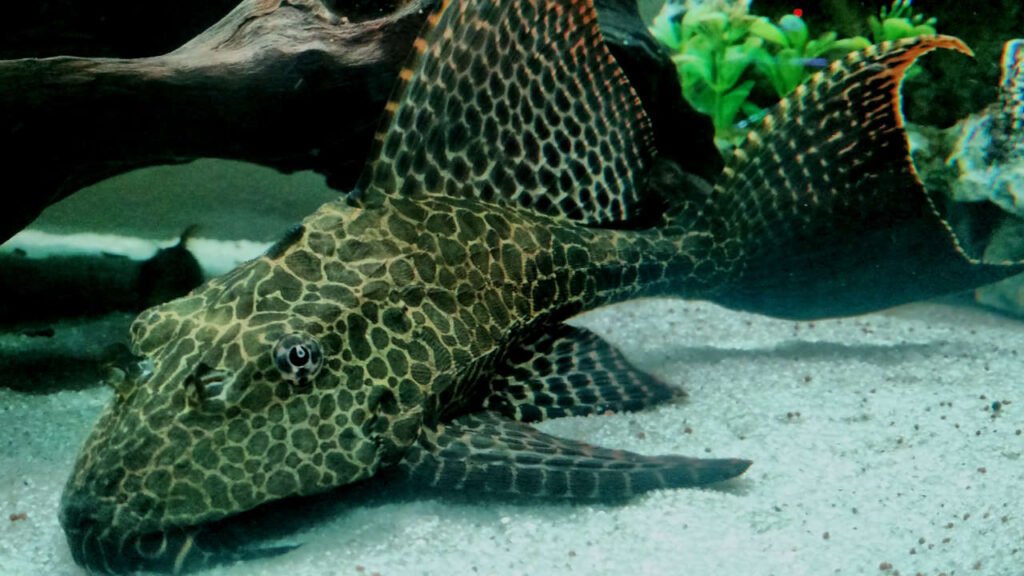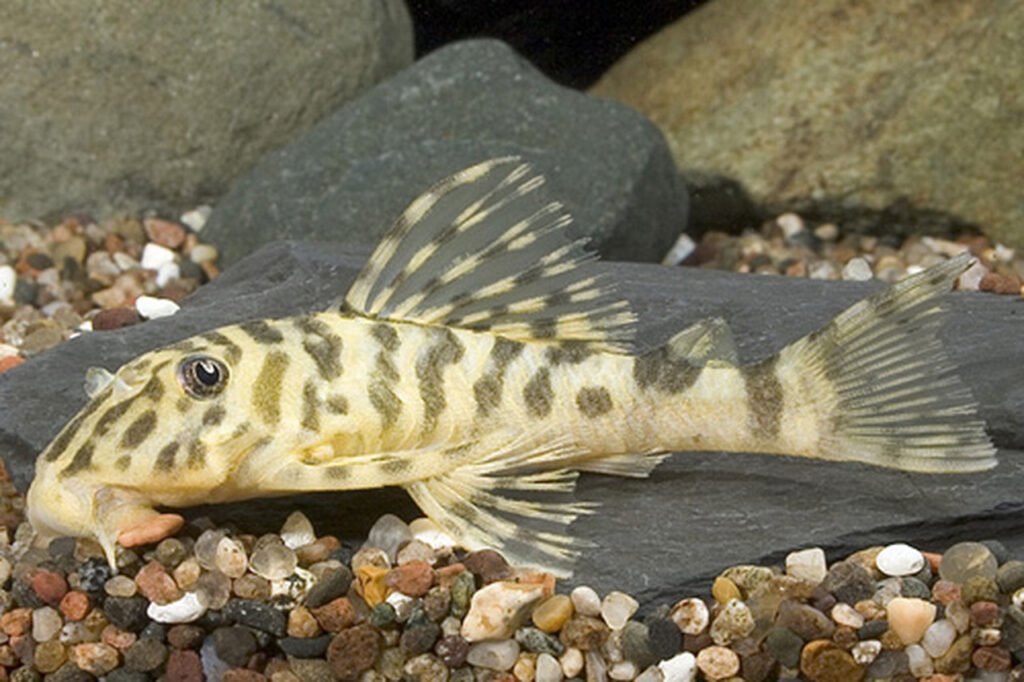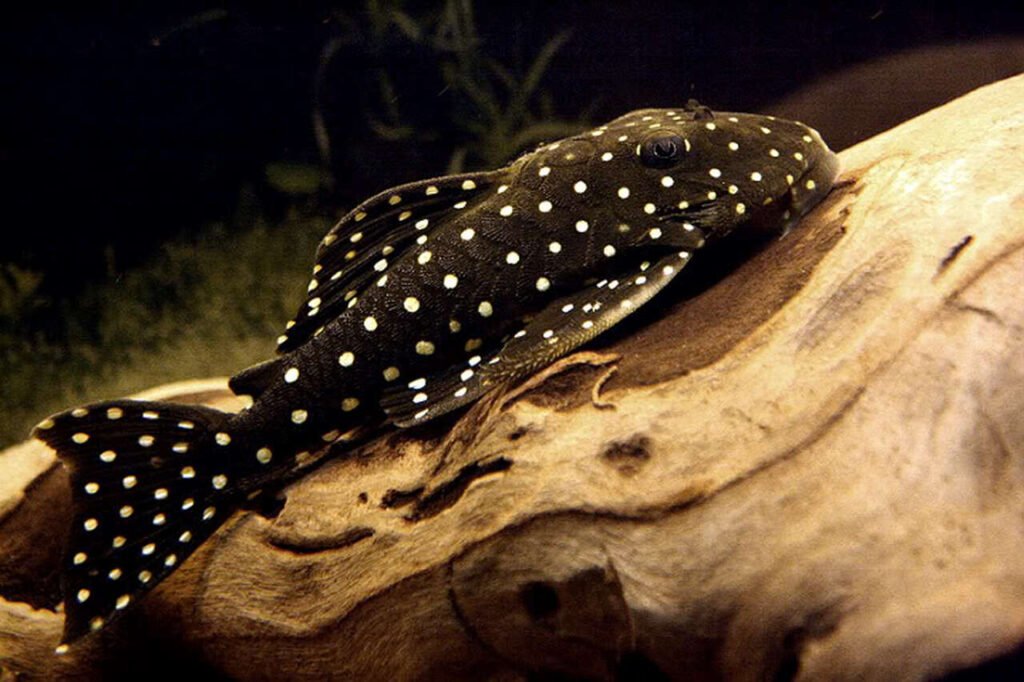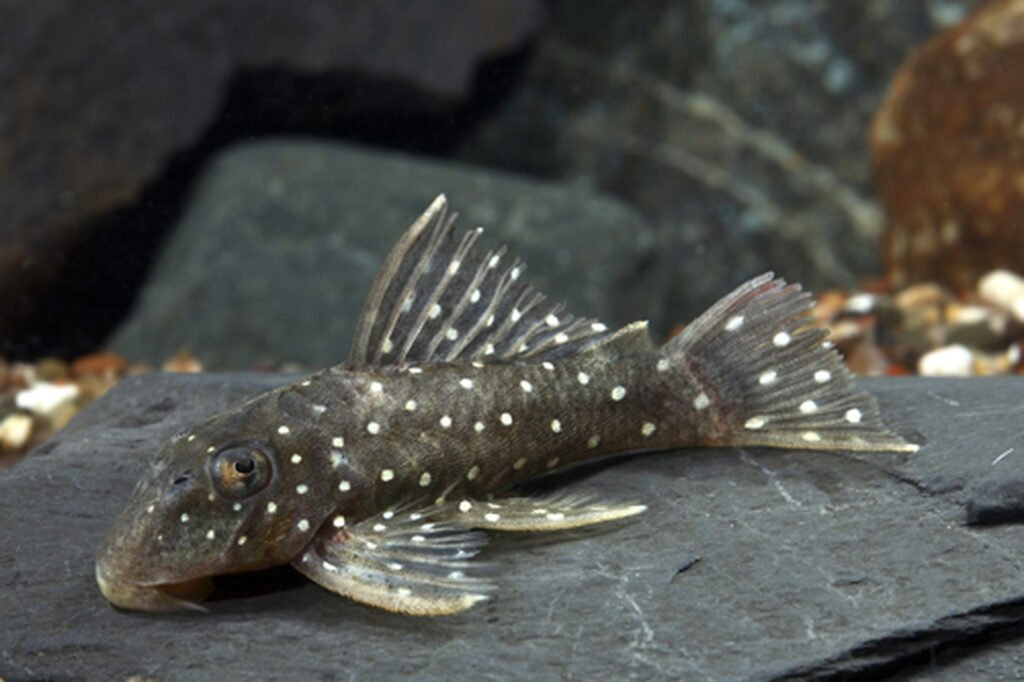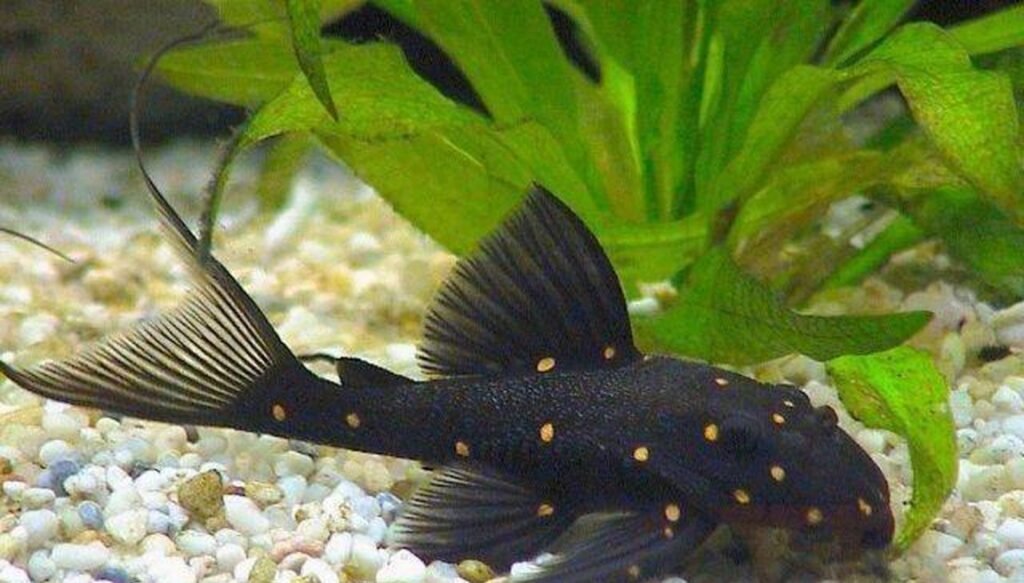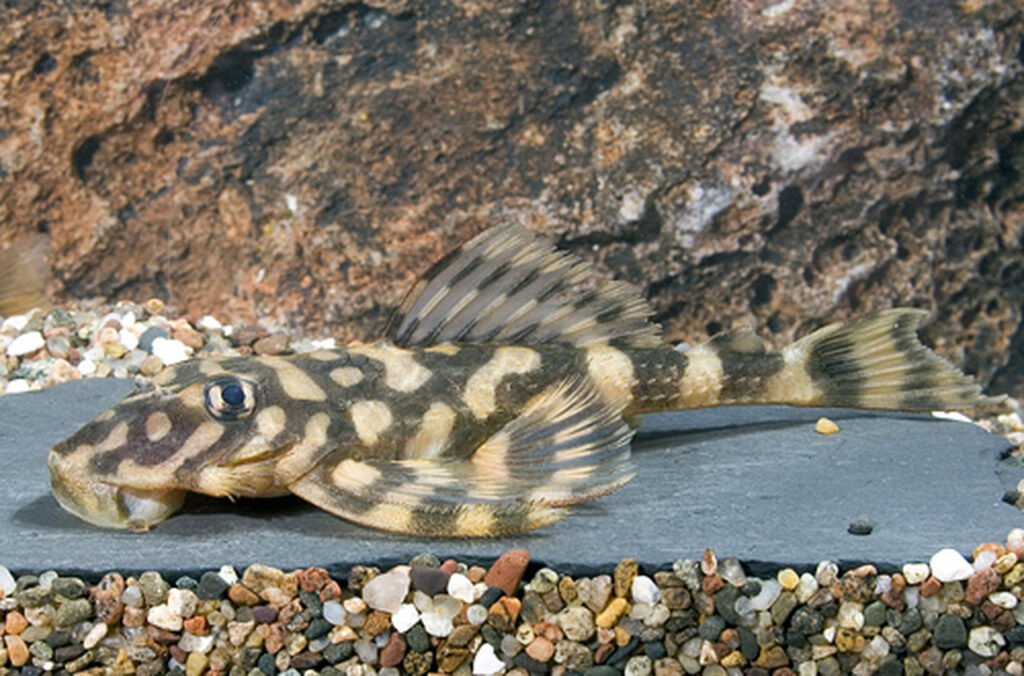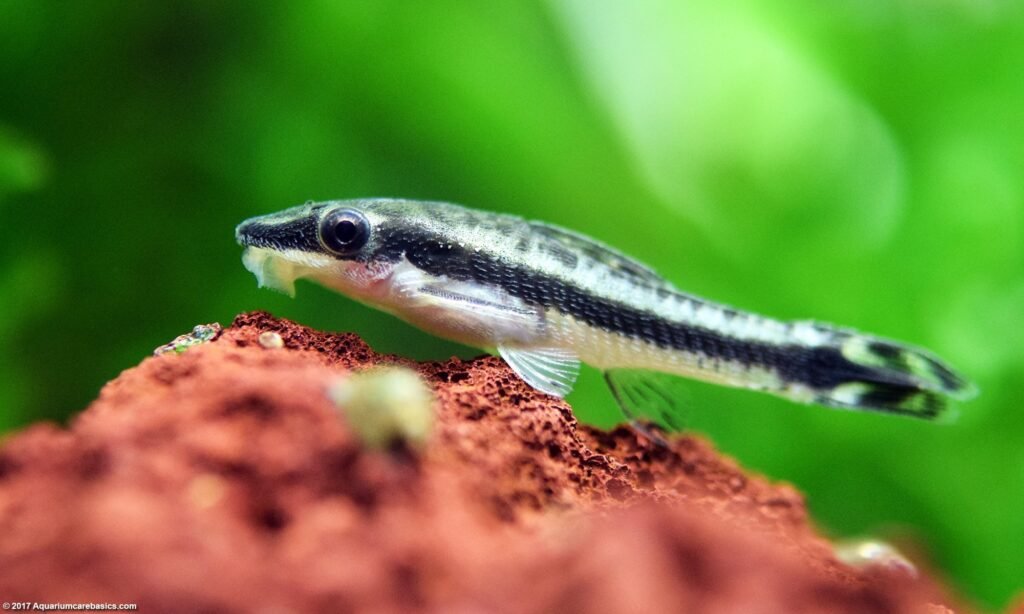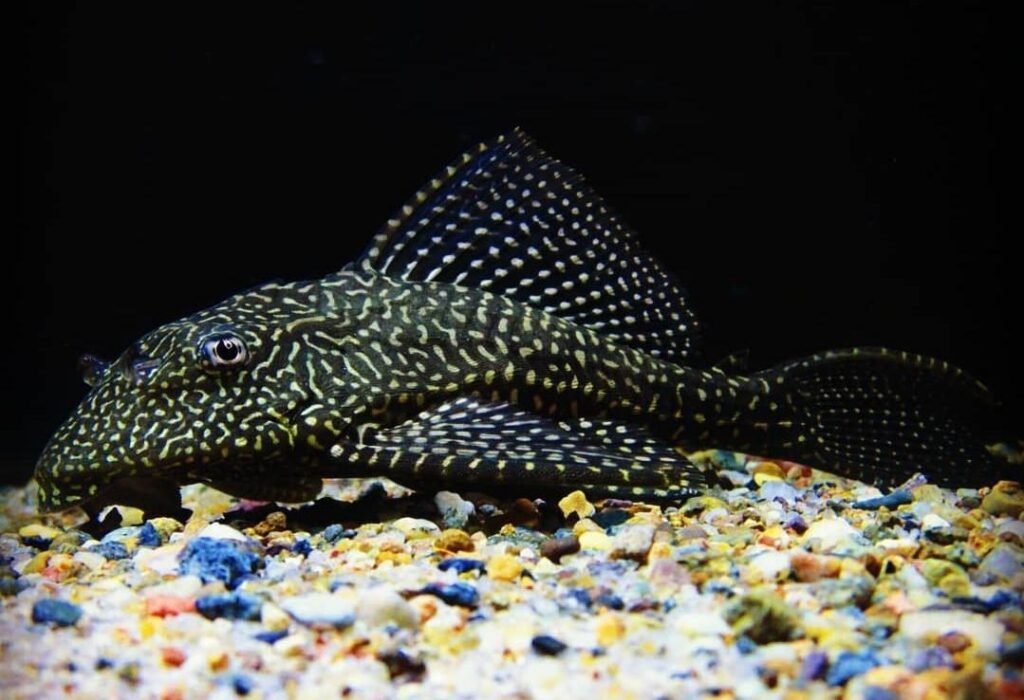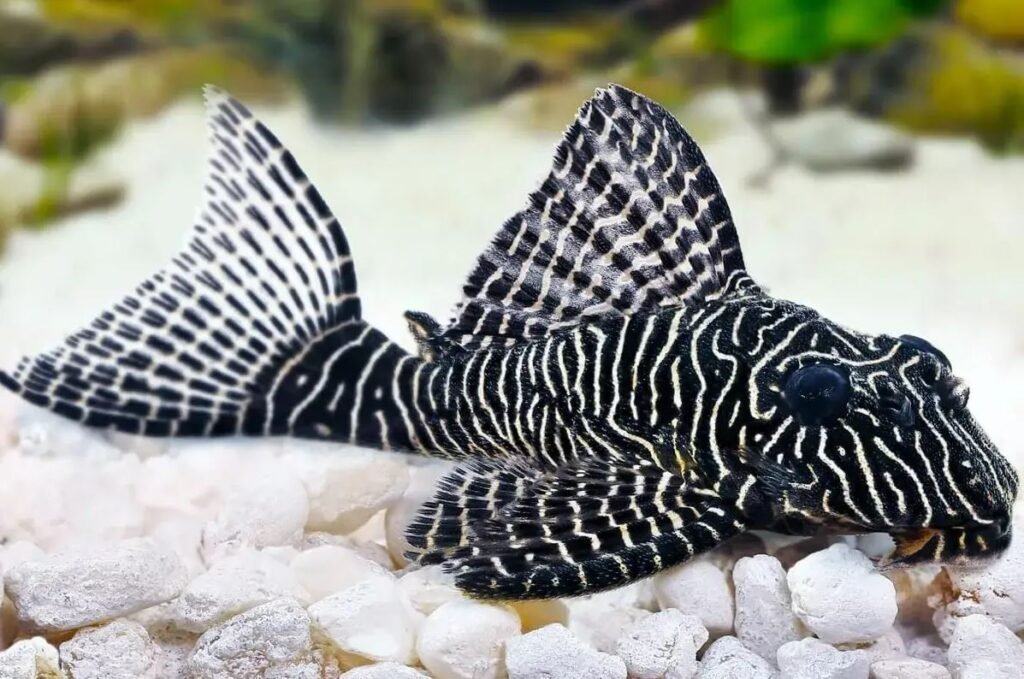Dive into the under water world of Balloon Molly Fish with this ultimate guide that provides comprehensive insights and expert tips for best care and enjoyment of these captivating small fish.
Molly Fish are one of the most commonly kept fishes in tropical aquariums. These brightly colored, playful little fish are easily kept happy and live among the peacefully surrounding community fish.
Mollies are a great first fish for newcomers to aquariums. This guide introduces you to the beautiful and exotic Balloon Molly, including a helpful care guide with the ability to keep your new fish.
What is a balloon Molly fish?
The balloon body Molly is a result of artificial selection through crosses carried out by breeders. This type of Molly is man-made and won’t be found in nature. Balloon Mollies are peaceful fish. Easy to maintain and offer an easy and safe option for beginners.
What is a Balloon Molly?

Mollies are freshwater fish species that belong to the Poeciliidae family. There are about 300 species of Poecilia. Molly fish is native to North and Latin America and mainly lives in warm, dry tropical rivers, streams, ponds, and mangroves. They are livebearers. When kept in the right conditions, mollies may be held for up to five years. Alternatively, mollies may be kept in brackish and even saltwater.
Molly Fish Care Guide & Species Profile
The Molly fish has been one of the most bred by ornamental aquaculture for many years and is also a best seller in the sector’s stores. Molly fish come in a variety of colors and shapes. These are simple ways to add this beautiful fish to your tank. This article covers the popular balloon variety and explains their ideal setups, diet, and much more.
Balloon Molly Fish Characterization
This species resides primarily in Central and South America, mainly in salty and brackish waters. These little fish typically get color in white or silver. In natural environments, an average fish can reach 12 centimeters (around 4 inches). In the aquarium, they reach about 6 to 8 cm, 2.3 to 3.2 inches. The lifespan of this type of fish in captivity is usually 3-4 years. Mollies present sexual dimorphism, being distinguished by a rounded anal fin in females and conical males. They have internal egg incubation, give birth to larvae, and are viviparous. They have a compressed body with a big belly, and even though they look like it, the organs are not contracted in the internal cavity.
Balloon Belly Molly Fish Body Shape & Size
Adult Mollies have a two-inch length, while their size is at most three inches or 7-8 centimeters. They have an arch-back and a rounded large belly with a lyr-shaped caudal fin and are unique in their character. It’s the smallest of all kinds of Mollies and the smallest of all types of fish. The maximum size is four inches, and the maximum can be almost five.
Poecilia sphenopsis

Poecilia sphenops is a species of the Poecilia genus of fish known by the common name of Molly. They live in freshwater streams and coast brackish and sea waters from Mexico to northern Venezuela and Colombia. Wild-type fish are dull to dark silver-like in color. Male Mollies resemble a mild aggressive person. Mollies rank as one of the most popular feeder fish due to their high growth rate, birth size, reproduction, and brood numbers. Generally, the Molly can yield fertile hybrids with many species, the most significant being the Sailfin Molly.
Types and appearance
There are many species and types of Molly fish – most of them are very similar to common Molly Poecilia sphenops. Females have an anal fin spread into a fan, whereas males have a pointier tip. Males grow to 3 inches, and females become larger. Pregnant females will always look more significant than other ones. In addition, their bellies will get bigger as they become older.
Balloon Molly Fish: Care, Feed, Breeding, Tank Set
Mollies are among the best freshwater fish for beginners because they are hardy, fun, and easy to care for. These cute little creatures are just lovely embellishments for your aquarium. Here you can discover more about balloon mollies.
Molly Fish Care
The Balloon Molly fish is a tropical fish that originates from salty and brackish water but is easily adapted to freshwater. A teaspoon of salt per five-gallon of water can help them with some problems. The balloon trait is obtained by selectively breeding fish who develop scoliosis (spinated spine). Balloon Mollies often have a reduced lifespan because of the inefficiency of the body shape, low-quality offspring, and possible genetic problems.
Balloon Molly Fish Lifespan
We can extend the lifespan of our fish by organizing and improving their environment, making maintenance and water changes regularly, keeping the water parameters optimal for the species, and offering high-quality food. It’s easier to avoid diseases than treat them. Therefore, everything mentioned above contributes to maintaining the fish’s immune system, reducing occurrences. So if you buy a new fish or plant, place it in a quarantine tank first, then release it in the main aquarium for some days. If you want to introduce newly acquired fish in your aquarium, quarantine them for up to two weeks.
Doing water changes for Balloon Mollies
Perform weekly water changes in your aquarium, changing at least 30% of the total tank volume. By changing the water, we remove pollutants and toxins that the plants and bacterias will not cycle. When you use tap water, treat it with a water conditioner. Tap water has chlorine, chloramine, and other substances that can be harmful to the aquarium and fish, so you must treat it. In each maintenance, the substrate must be cleaned perfectly, vacuumed, siphoning all the dirt; the aquarist must pay special attention to decorations and spaces where dirt can be trapped.
Aquarium size for balloon mollies
A 20+ Gallon water container should be able to hold around 12 fish. Mollies, especially those that resemble balloons in size, do produce vast volumes of waste. They need a lot of swimming spaces to remain healthy and grow to their full size. A larger tank will offer fewer risks and provide an even wider range of habitat. There are plenty of other factors to think about putting more than two Molly fish in each gallon of water; the more important is the filtration and your maintenance schedule.
Aquarium Setup For Balloon Molly Fish
Unlike other aquarium fishes, some setups are somewhat debatable topics. We will discuss the various aspects of every part of this.
How do I care for balloon mollies?
Balloon Mollies can be pretty easy to keep. They stay comfortable using the standard tropical tank arrangement.
Do balloon mollies need a filter?
Balloon belly Mollies like to stay in the water in larger aquariums without filtering, but you should always add a filter in the tank. Choose the filter that best suits your system, and remember to mainly use biological filtration, well-sized, with the use of ceramics or sponges or suchlike. The biologic filter also ensures the ability to fully cycle its tank and protect water against ammonia surges daily. Thicker substrates may help create an anoxic region that nourishes some types of beneficial bacterias, but that’s a subject for another article; stay tuned.
Do balloon mollies need live plans?
Mollies don’t necessarily need plants, but they like them and use them for food and hiding. Live plants also help with aquarium nutrient cycling and beautification. Plants can also improve water cleanliness by removing nitrous-based contaminants from the water, using it as fertilizer to grow. If you want a straightforward setup without the expensive CO2-based system, you can choose easy-to-care plans like those known as low-tech. This plant does not require intense light and the addition of a CO2 system. Sometimes you may want to help them with liquid fertilizers.
Do balloon mollies need a heater?
Heaters, as well as filters, are always necessary for the proper maintenance of any fish. Heaters will keep the temperature stable. Fluctuations in parameters cause a drop in the efficiency of the animals’ immune system. Balloon Belly Mollies are especially susceptible to these fluctuations.
Balloon Molly Fish Tank Mates
It would help if you didn’t mix balloon Mollies with Cherry-shrimp; otherwise, they will turn into a snack. Amano shrimps can grow to 3 to 4 inches in size and can’t breed in freshwater aquariums, and, being pacific, are an excellent choice for a tankmate. If you like snails in your aquarium, you can choose some apple snail or ramshorn. If in a community tank for other fish species, you should select calm and small fish only.
Tank Mates
Large fish may eat your mollies. Betta fish are too aggressive as they fight or harass your fish. Cichlids are a group consisting of diverse bad cases. Most invertebrates live well in the same tank as mollies, but some turn into food. Shrimp and snails are popular options, and there are many species to choose from. Most small peaceful community fish are okay; fish to avoid are large or aggressive.
Are Molly fish suitable for an aquarium?
There are no reasons not to get Mollies. They are perfect for community aquariums. It would be best if you avoided large and aggressive fish as tankmates. Their health depends on the conditions of the tank that should be within their prescribed parameters. Mollies can tolerate a vast range; therefore, you could put them in various types of tanks. They are easy to care for and easy to breed and they have many colors and are very active in the tank.
Balloon Mollies by colors & fins
They are usually different sizes and shapes compared to the other Molly fish. Their fundamental disparity occurs due to body shape and size. The different types of balloon fish can be categorized according to the style of fins. Some fishes have sailfin dorsals or lyretail fins.
Balloon Molly Shape Color & Size
Balloon mollies are about 2 to 5 inches in size. The balloon molly’s namesake was taken from their round, “overweight” form. Balloon mollies come in a variety of colors: silver, black, orange, white, etc. Like typical black Molly, females have a little larger belly than males. The fins of the Ballon Molly females are rounded, while the males have a sailing-like dorsal body.
Habitat and tank conditions
Mollys are found living within different habitats in the wild. They most commonly occur in deep rivers and streams in North, Central, and South America. They have adapted easily over multiple environments. Plants would also be plentiful; they mainly use them to hide, but they are also crucial for reproduction. This lake is in tropical climates bringing ample amount of sunlight for plant growth. The water would be warm and slowly moving. pH is upon the alkaline side.
Sickness & Disease
It is recommended that you be attentive to Molly’s behavior. Always looking and noticing the animal’s misbehavior can help you save it. If the balloon’s belly rubs on the rocks, then a potential cause of the problem could be fungal or external parasite infection. If it swims upsidedown, you need to change the water immediately since it means poor water quality. There may be many reasons for this happens. Before giving any other conclusions, you have to seek advice from your local aquarist.
Breeding
Mollies are livebearers, so their eggs are incubated into the body till the fry be released. These are also some of the most accessible fish groups to grow in captivity. Conditions inside breeding tanks must be perfect, and the water should be clean. It may be easier or better to raise the temperature for mating, but not much above 78° F. Male performs a courting show for females, and when they are ready for mating, males fertilize their eggs. After fertilizing, it takes 3-4 weeks for fry to be released.
Breeding: Things to do for successful mating
Mollies are a livebearer because they don’t lay eggs. During the reproductive period, female Mollies give birth to over 100 tiny Molly fry. You can keep three males for two females for breeding purposes. The male shall use his gonopodium or pointed fin when breeding. You can separate the fry for the breeding group.
How do you tell if a balloon molly is male or female?
Both male and female Mollies have rounded or pointed dorsal fins that separate them from each other. Do not leave the molly fish alone. Keep at least a group of Molly fish together because, if not, it can increase the chance of bullying or injuries. Make sure it stayed in at least pairs. You should also maintain the gender ratio between the men and women in 2:1 inside the tanks.
Availability
Almost all varieties of mollies are available in fish shops. They are easily affordable at only a few dollars per fish. The most unusual kinds are more expensive.
Best tankmate for Balloon Belly Molly
Molly fish is a fish with a peaceful temperament who prefers to live with fish of the same kind. A pair could happily live with other fish. Female Mollies most commonly have calmer characters than males. Males are often quite aggressive if they have other males in the tank. Their best fish buddies would be others livebearers’ fish since their smaller size allows their compatibility with some different fish of the exact nature.
Diseases
Mollies are generally healthy, robust fish, although they can suffer from typical tropical fish diseases. Poor water quality is a determinant factor of illness. To keep the water clear, you need to install a good-quality mechanical and biological filtration system and proceed with weekly partial water changes. Check Ammonia and Nitrite amounts with a test kit.
Balloon Molly Diseases Parasites and Remedies
The most common diseases in balloon molly fish are ich/ick(white spot), velvet(gold dust), fin rot, and flukes. Unfortunately, some conditions are harder to treat, like dropsy, swimming bladder disorder, bent spinal, or tuberculosis. You can find out more about the most commonly known parasites and diseases in another very detailed article. As long as the animals are eating good quality food and the water conditions in the fish tank are good, the fish should have no problems.
Male to Female Balloon Molly Ratio
Female mollie gives birth to fry every three-and-a-half weeks. In your community tank, you should have one male to more than two females. So the females will get time to rest and stay calm without the continual harassment by the male. It would be best to keep the ratio to 1 male to 3 females, thus reducing the stress placed on females by eager males.
What should I feed them?
Molly fish eat only vegetable origin feeding. Algae are a significant portion of their diet. They remove them with their lips. It is also important to have vegetables. If you introduce carotenoids to the food, it should keep your Molly Fish vibrant with colors. Live and frozen food provide an excellent source of protein. In this respect, bloodworms and brine shrimp are happily accepted and recommended. Feed them twice daily. This helps their immune system process their food.
Conclusion
Most strains of Molly fish are fun and easy to keep in an aquarium. Their only prerequisite is a large tank, which often exceeds 30 gallons. A few types require you to add a small quantity of salt to the water, so you need to ensure your fish are living well.

![[Ultimate] Balloon Molly Fish: The Complete Care Guide Molly Fish](https://aquariumhunter.com/wp-content/uploads/2021/09/unnamed-2.jpg)
![[Care Tips] The 20 Best Algae Eaters For Your Freshwater Tank Best Algae Eaters For Your Tank](https://aquariumhunter.com/wp-content/uploads/2021/09/whiptail-catfish.jpg)

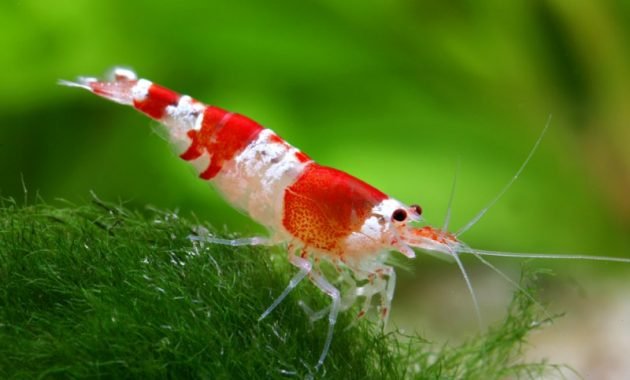

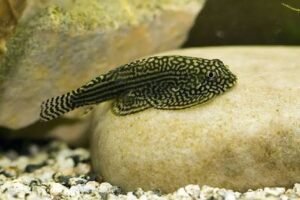

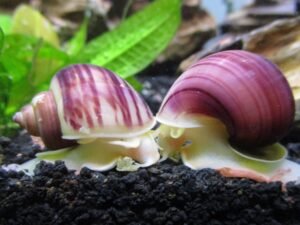
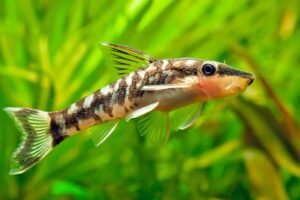

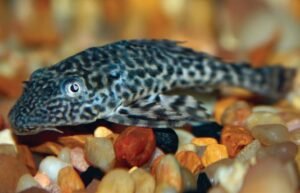




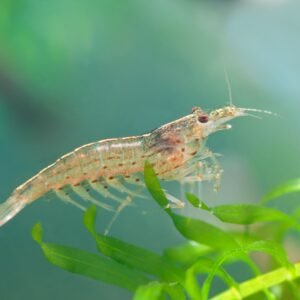

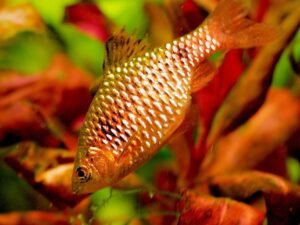
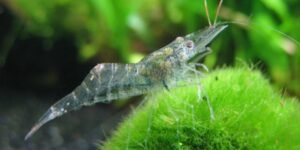
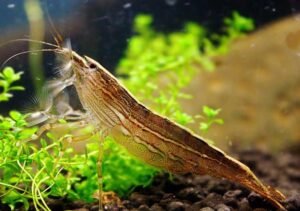
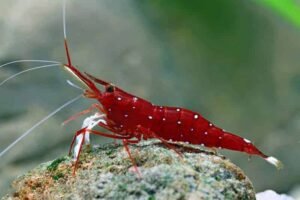
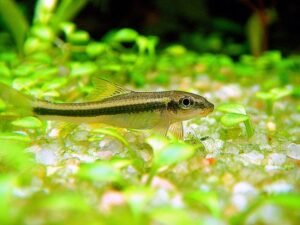

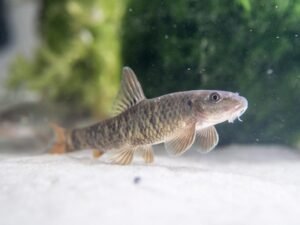
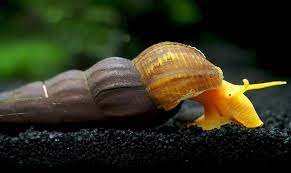

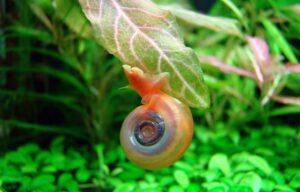

![Ultimate Rubber Lip Pleco Care Guide [Size, Diet, Breeding] Rubber Lip Pleco](https://aquariumhunter.com/wp-content/uploads/2021/09/download-2.jpg)


 Rubber Lip Plecos are an excellent choice for more experienced aquarists; they need well-matured aquariums, water with medium hardness, milder temperatures, and a strong water flow.
Rubber Lip Plecos are an excellent choice for more experienced aquarists; they need well-matured aquariums, water with medium hardness, milder temperatures, and a strong water flow.![The 7 Best Dwarf Cichlids for Your Aquarium [complete guide] The 7 Best Dwarf Cichlids for Your Aquarium [complete guide]](https://aquariumhunter.com/wp-content/uploads/2021/09/download-1.jpg)

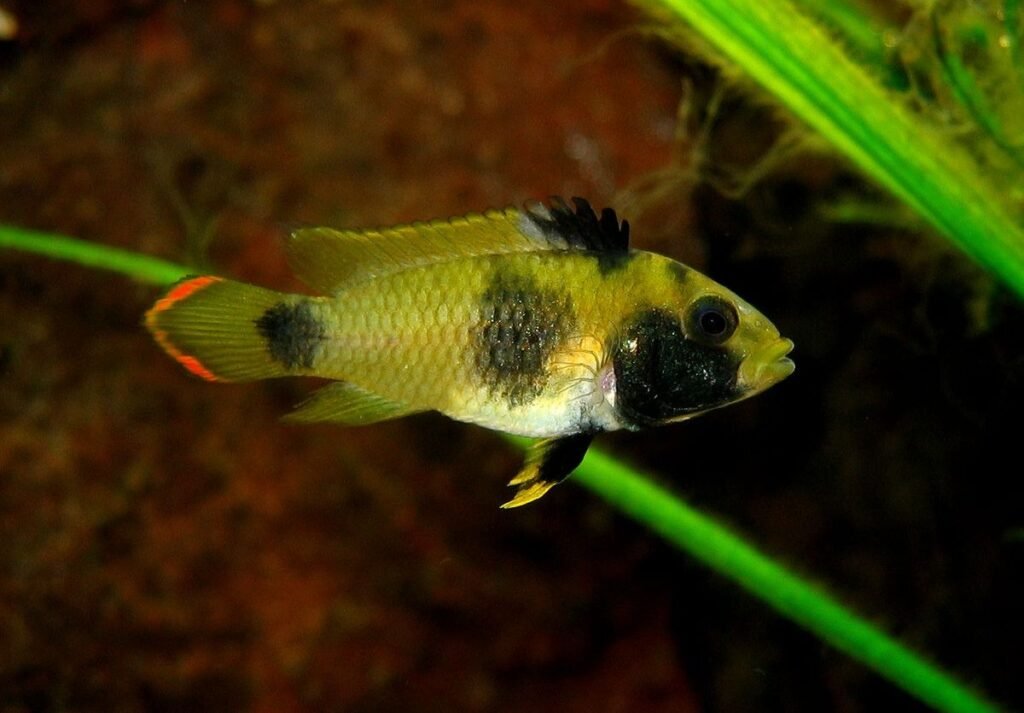


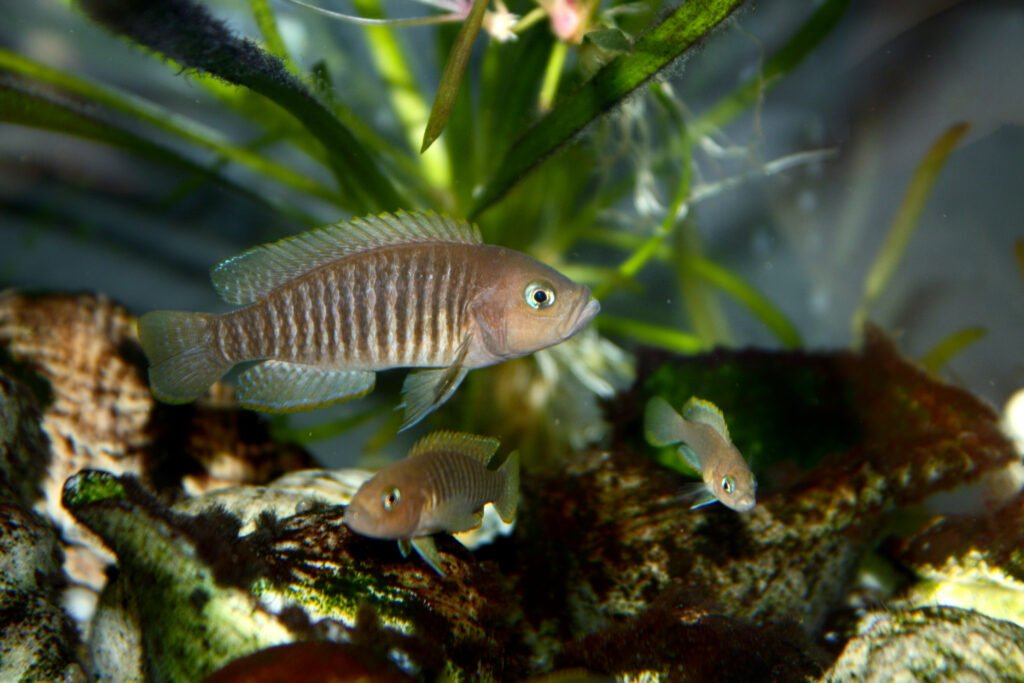
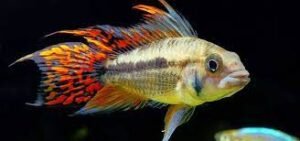
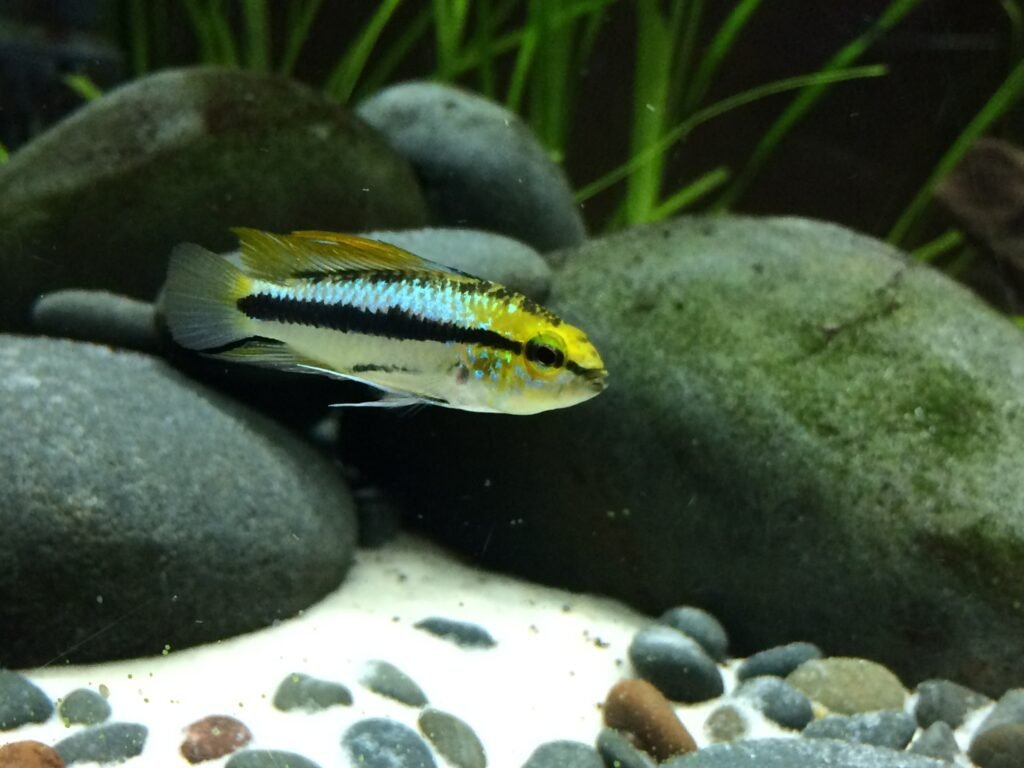
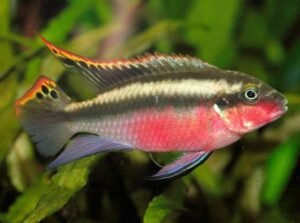
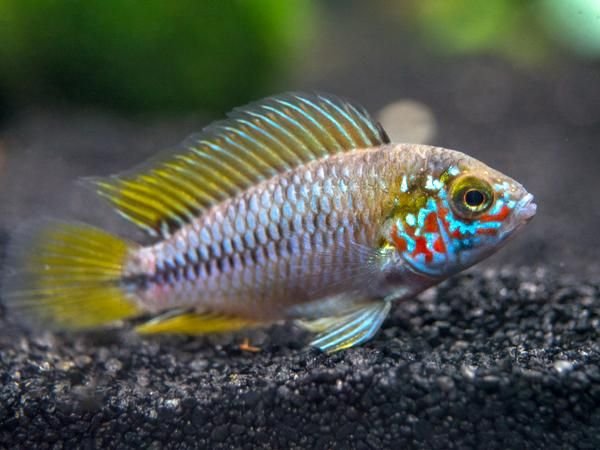

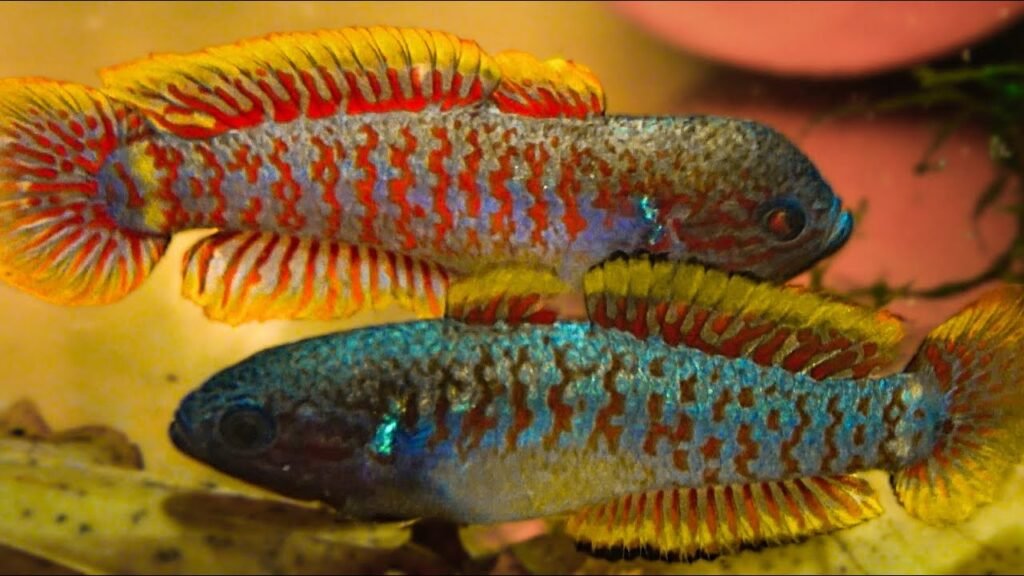
![[Ultimate] Black Ghost Knifefish Care Guide – All you need to know Black Ghost Knifefish](https://aquariumhunter.com/wp-content/uploads/2021/09/maxresdefault-1-1.jpg)
